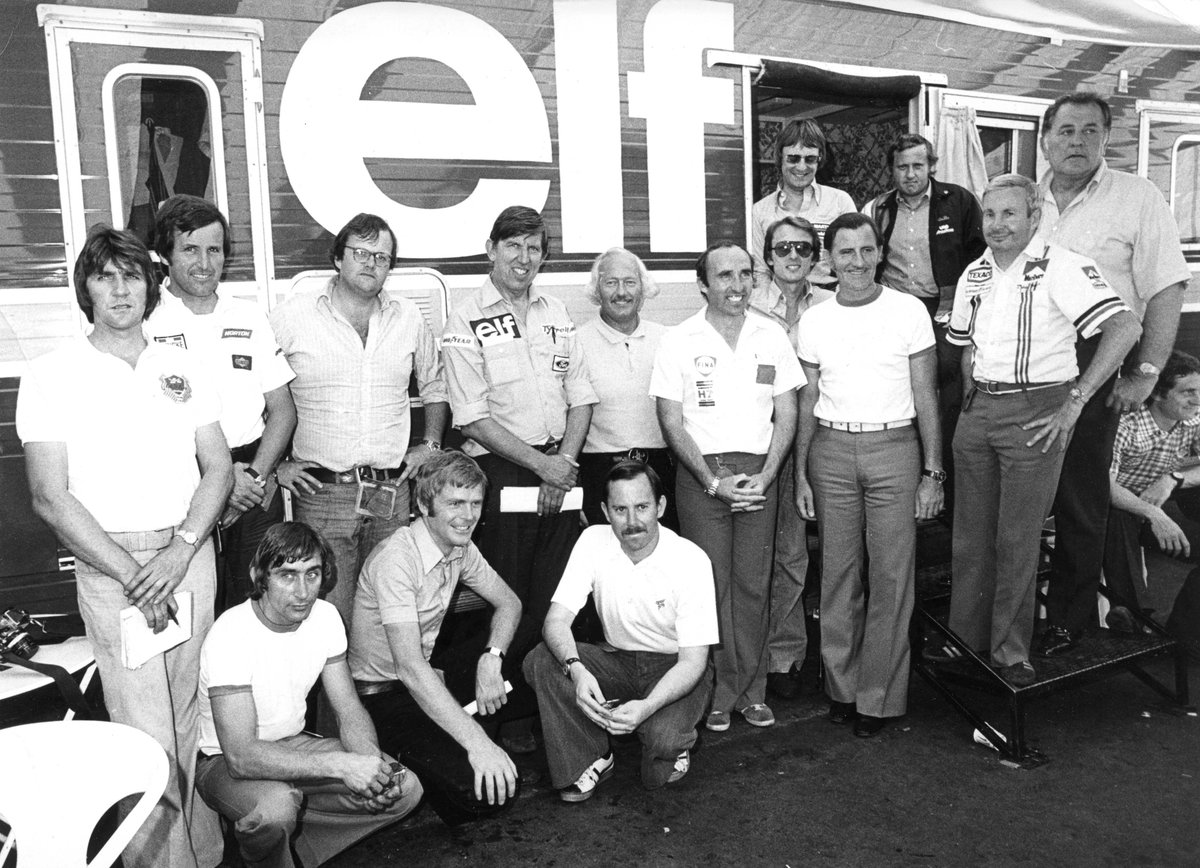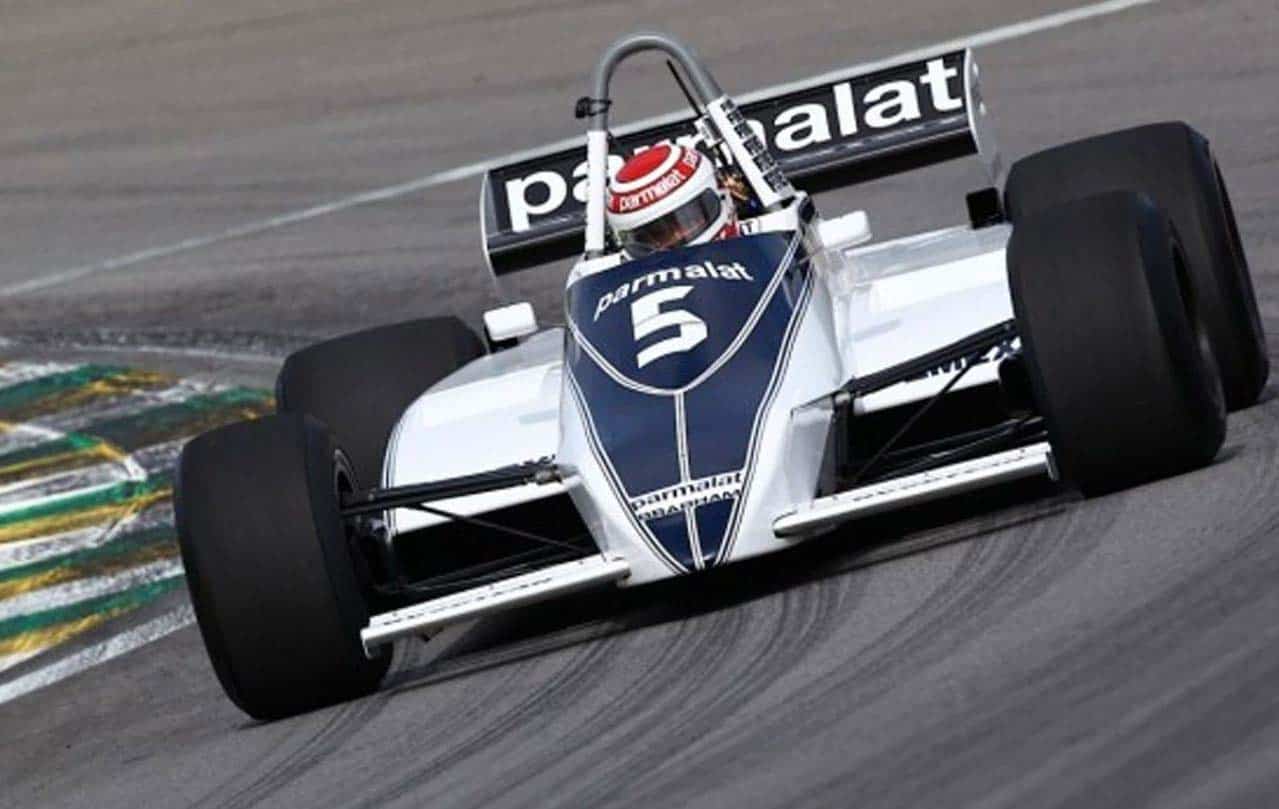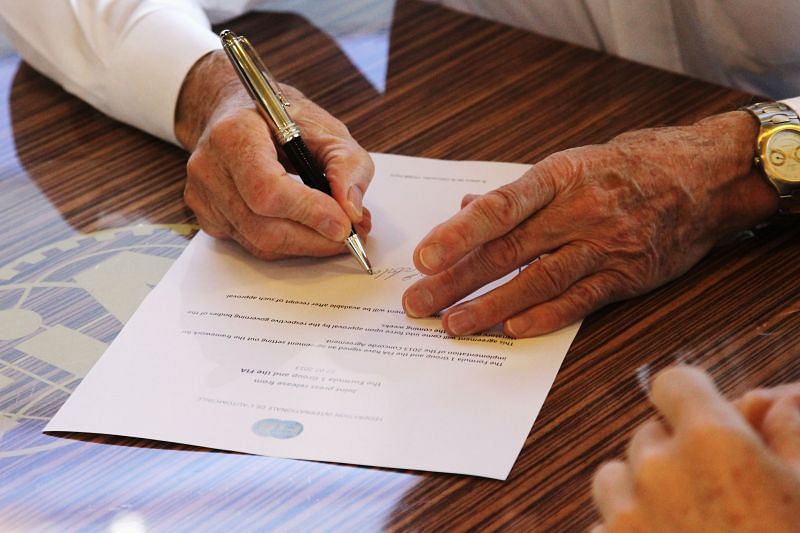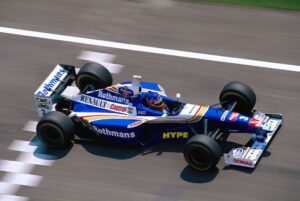
Formula 1, the pinnacle of motorsport, has witnessed its fair share of controversies and conflicts throughout its history. One of the most significant and transformative conflicts was the FISA-FOCA war, a battle that reshaped the landscape of the sport during the 1980s. The war, characterized by power struggles, threats of a breakaway series, and a quest for control over the sport’s governance and commercial rights, remains a pivotal chapter in Formula 1’s evolution.

The conflict between FISA (Fédération Internationale du Sport Automobile) and FOCA (Formula One Constructors’ Association) was rooted in the divergent interests of the two entities. FOCA, under the leadership of the shrewd Bernie Ecclestone, aimed to assert greater control over the sport’s commercial aspects, including television rights and sponsorship deals. On the other side, FISA, led by Jean-Marie Balestre, sought to maintain its authority over the regulatory framework and rules governing Formula 1. Tensions came to a head in the early 1980s as the two factions clashed over various issues. FOCA’s push for commercial autonomy collided with FISA’s desire to preserve its control over the sport’s technical and safety regulations. This culminated in a series of disputes and standoffs, with each side flexing its muscles in an attempt to assert dominance.

One notable controversy was the 1982 water-cooled brakes controversy. FOCA teams began experimenting with water-cooled brakes to improve performance, arguing that it fell within the regulations. However, FISA, the governing body, disagreed and deemed the technology illegal. This further fueled the friction between the two parties and added fuel to the simmering conflict.

The tensions between FOCA and FISA had already manifested earlier, as seen in the 1981 Concorde Agreement negotiations. This agreement, named after the Place de la Concorde in Paris where FISA and FOCA representatives met, laid out the terms for participation in Formula 1. However, it was a precursor to the larger battle, as it did not fully resolve the power struggle between the two entities. The situation escalated as FOCA threatened to establish a rival championship, effectively splitting the sport. Ecclestone’s negotiations with television networks to secure better broadcasting deals for FOCA teams fueled fears of a schism in Formula 1. This threat of a breakaway series loomed large and pressured both parties to seek a resolution.

Amid growing concerns about the future of Formula 1, tensions reached a boiling point during the 1982 San Marino Grand Prix. FOCA-aligned teams boycotted the race, leading to a grid dominated by non-FOCA teams. This audacious move sent shockwaves through the motorsport world and demonstrated the depth of the conflict. However, the sport’s stakeholders realized the need for stability. The events of 1982 included the driver’s strike which was led by returning champion Niki Lauda and Grand Prix Driver Association Head Didier Pironi which included drivers striking and living in a locked hotel room for an entire day and included gems like Gilles Villeneuve playing the Piano, catalyzed renewed negotiations, which eventually led to the signing of the Concorde Agreement in 1983.
The Concorde Agreement of 1983 marked a turning point in the FISA-FOCA war. This agreement defined the roles and responsibilities of both parties. FOCA secured greater control over the commercial aspects of the sport, while FISA retained authority over technical and sporting regulations.

The FISA-FOCA war had a profound and lasting impact on Formula 1. It not only shaped the balance of power between teams and the governing body but also laid the foundation for the sport’s modern commercial structure. Bernie Ecclestone’s success in negotiating lucrative television deals set the stage for Formula 1’s global expansion and increased commercialization. The lessons learned from the conflict emphasized the need for a cohesive vision and cooperative efforts to sustain the sport’s growth. The Concorde Agreement became a template for future negotiations, influencing subsequent iterations of the agreement that have maintained the delicate equilibrium between teams, promoters, and the regulatory authority.

The FISA-FOCA war stands as a defining moment in Formula 1’s history, showcasing the high-stakes struggle for control, commercial rights, and governance. This conflict, marked by brinkmanship, defiance, and ultimately compromise, transformed Formula 1 from a sport of rivalries into a global spectacle with a more structured and collaborative foundation. The lessons learned from the war continue to resonate in the ongoing negotiations and decision-making processes that shape the ever-evolving world of Formula 1.








